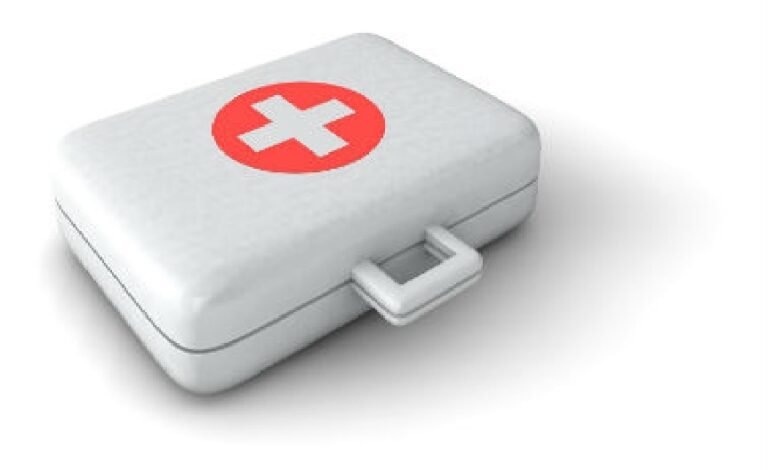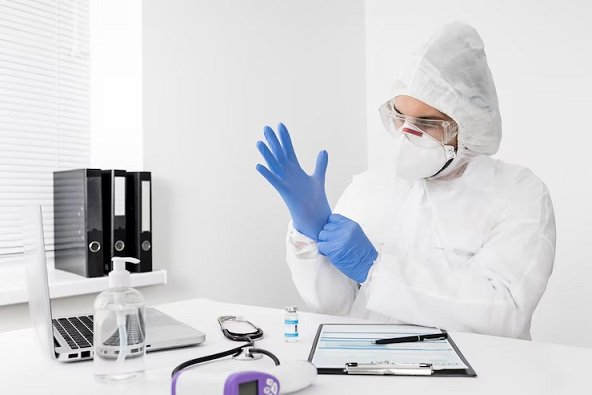Building a Family First Aid Kit: Essentials for Every Home

A well-stocked first aid kit can be the difference between a minor injury and a major crisis. It’s essential for every family to have a first aid kit on hand, especially if you have young children who are prone to accidents. In this blog post, we will discuss the importance of having a family first aid kit and provide an extensive list of essential items that should be included. We’ll also offer tips on how to keep your first aid kit organized and up-to-date, as well as how to teach your family members about first aid kit.
Why Every Home Needs a First Aid Kit
Accidents happen, whether it’s a small cut from chopping vegetables or a more serious injury like a burn or broken bone. Having a fully stocked first aid kit readily available can help you deal with emergencies at home quickly and effectively. A well-prepared first aid kit can:
Provide immediate relief for minor injuries
Prevent infections by keeping wounds clean
Reduce the severity of injuries through prompt intervention
Save time and money by avoiding unnecessary trips to the emergency room
Essential Items for Your Family First Aid Kit
In order to build an effective family first aid kit, it’s important to include items that address various types of injuries, from cuts and scrapes to burns and sprains. Here is our comprehensive list of essential items that should be included in every home’s first aid kit:
A. Wound Care Supplies
Adhesive bandages (assorted sizes)
Sterile gauze pads (various sizes)
Non-stick sterile pads
Medical tape
Rolled gauze bandages (2″ and 4″ widths)
Elastic bandage (for compressing sprains or strains)
Butterfly bandages (for closing small, deep cuts)
Hydrogel or hydrocolloid dressings (for burns and blisters)
B. Antiseptic and Ointment Supplies
Antiseptic wipes or solution (such as hydrogen peroxide or isopropyl alcohol)
Antibiotic ointment (e.g., Neosporin)
Hydrocortisone cream (for insect bites, rashes, and minor skin irritations)
Burn gel or aloe vera gel
Saline solution (for flushing wounds and eyes)
C. Tools and Equipment
Scissors (preferably with blunt tips for safety)
Tweezers
Digital thermometer
Instant cold packs
Disposable gloves
Space blanket (for warmth in case of shock or hypothermia)
CPR face shield or mask
Syringe or bulb suction device (to flush out wounds)
D. Medications
It’s essential to keep a supply of over-the-counter medications in your first aid kit to help manage pain, reduce fever, and control symptoms of common illnesses. Be sure to check expiration dates regularly and replace any expired medications.
Some suggested medications include:
Acetaminophen and ibuprofen (pain relief/fever reducer)
Aspirin (for adult use only; can be used during a heart attack if directed by a healthcare provider)
Diphenhydramine (Benadryl) for allergic reactions
Loperamide (Imodium) for diarrhea relief
Electrolyte replacement tablets or powder packets for dehydration
E. Additional Items to Consider
Depending on your family’s needs, you may want to include additional items in your first aid kit that are specific to your situation:
EpiPen if someone in your family has severe allergies
Inhaler if someone has asthma
Glucose gel or tablets for those with diabetes
Baby-safe items like a nasal aspirator, infant acetaminophen, and teething gel
Storing and Maintaining Your First Aid Kit
Once you’ve assembled your family first aid kit, it’s important to store it in an easily accessible location that’s known to all family members. Consider keeping it in a central area of the house, such as the kitchen or living room, so it can be quickly retrieved in case of an emergency.
To keep your first aid kit organized and up-to-date:
Regularly check the contents for expired medications or supplies that need to be replenished.
Replace any used items as soon as possible.
Store items in clear plastic bags or containers so they’re easy to see and access.
Label each bag or container with its contents and their expiration dates.
Educating Your Family about First Aid Procedures
It’s crucial that every member of your family knows how to use the items in your first aid kit and is familiar with basic first aid procedures. Here are some steps you can take to educate your family about first aid:
Enroll yourself and older children in a certified first aid course (such as those offered by the American Red Cross).
Teach younger children how to dial 911 and what information they should provide when calling for help.
Review basic first aid procedures regularly with all members of your household.
Create an emergency contact list for each member of your family, including medical conditions, allergies, medications taken, primary care physician information, etc.
Conclusion: Be Prepared for Emergencies with an Effective Family First Aid Kit
In conclusion, building a comprehensive family first aid kit is essential for every home. By including a variety of wound care supplies, antiseptic solutions and ointments, tools and equipment, medications, and additional items specific to your family’s needs, you’ll be well-prepared to handle a wide range of emergencies.
Remember to store your first aid kit in an easily accessible location and routinely check its contents for expiration dates or supplies that need replenishing. Most importantly, ensure that every member of your family knows how to use the items in the kit and is familiar with basic first aid procedures.
We hope this guide has been helpful in providing you with the information needed to build your own family first aid kit. If you have any questions or additional suggestions for essential items, please feel free to share them in the comments below.
Read more: https://stockdalecolemanforjudge.com/












